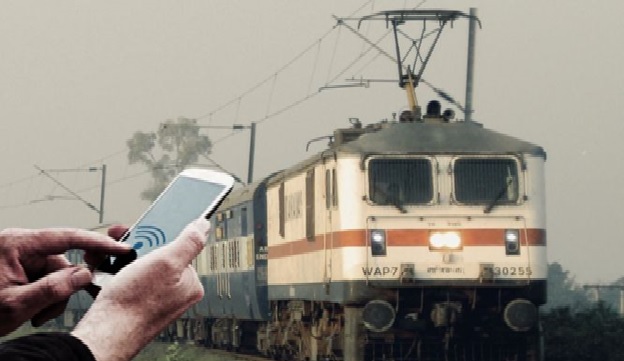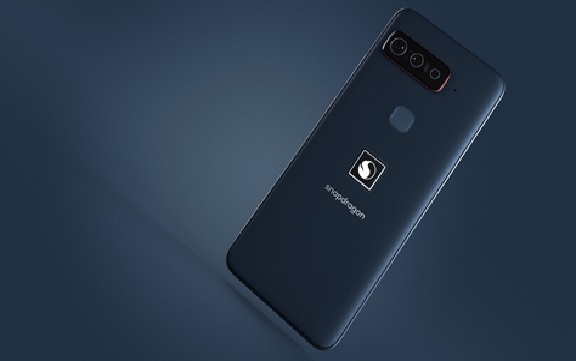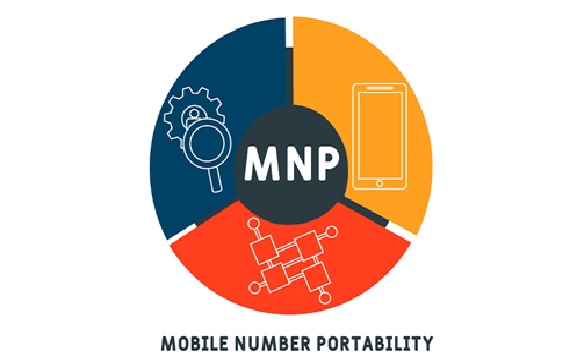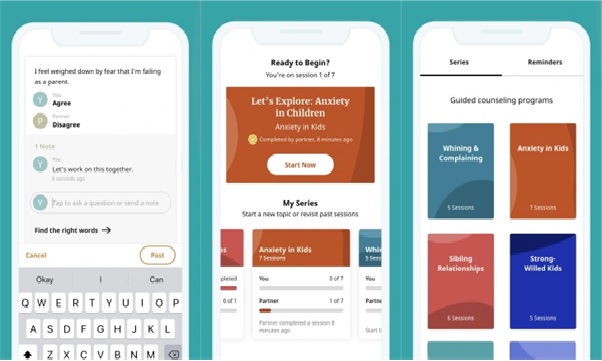OpenAPI Specification Version 3.0.3
Mobility hubs in urban areas propose easy, attractive alternatives to personal cars by combining several access points to various modes of city transport. Mobility hubs integrate shared micromobility (such as bike share and scooter-share) with public transit, access to cycling routes, EV charging, and even car-share pick-up/drop-off points. When well-planned and carefully integrated into dense urban parts of major cities, the vision behind mobility hubs acts as a driving force for reducing traffic congestion, greenhouse gases, and encouraging greater social equity by ensuring every commuter has access to their choice of transportation, regardless of whether or not they own a car. [1]

Figure 1. Overview of the Mobility hubs
Figure 1 shows they present economic opportunities too, with many of these hubs attracting new shops and commercial ventures as more people flock to use them.
They help supply and demand find each other across a range of sustainable transport options, boosting utilisation and cutting costs. At the same time, they can be used to suppress or eliminate private car parking, which is intimately connected to private car use – which in turn is part of what we must cut if we are to have a hope of meeting our legal commitment to net zero greenhouse gas emissions by 2050 at the latest. [3]
Issues & approaches
Mobility Hub Elements: Mobility hubs should balance transportation and non-transportation elements and amenities. Transportation elements support efficient, reliable, and easy travel whereas non-transportation elements create a sense of place at mobility hubs. SANDAG’s Mobility Hub Features Catalog breaks potential elements into the following categories: transit, pedestrian, bike, motorized, and support services.
Mobility Hub Outcomes: With a variety of modes from public and private entities, mobility hub outcomes and tracked metrics should be beneficial for all parties. Structuring and evaluating public and private partnerships for mobility hubs should balance community, public transit and private mobility company needs. For example, the outcomes of a Minneapolis mobility hub pilot focus on implications for future mobility hub design, implementation and maintenance.
Mobility Hub Typologies: Regional planning for mobility hubs typically creates a typology, such as neighborhood, central, and regional in Los Angeles or neighborhood, anchor, and gateway in Austin. Some plans, like LA, recommended specific elements by typology, whereas SANDAG studied eight prototype sites to show how mobility hub features can be tailored to community needs. [2]
References:
- https://www.pbsc.com/blog/2022/02/the-5-hottest-micromobility-trends-for-2022-2023
- https://www.urbanismnext.org/what-to-do/mobility-hubs
- https://www.intelligenttransport.com/transport-articles/120069/mobility-hubs-uk/
Cite this article:
Thanusri swetha J (2022), Overview of the Mobility hubs, Anatechmaz. pp.54















